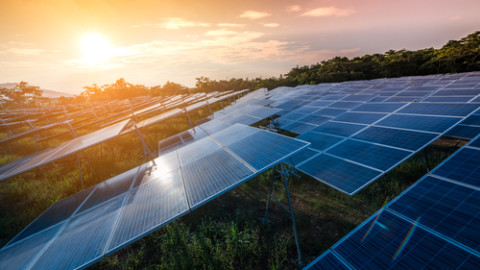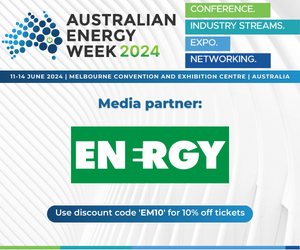By Renate Vogt, General Manager, Regulation, CitiPower & Powercor
Australians today are living through a period of unprecedented change in our energy systems, and in our relationship with energy as consumers. The changing climate is bringing hotter temperatures and more frequent and extreme weather events.
This means more power is needed to heat and cool our homes and workplaces, and our distribution networks need to be more resilient to withstand storms, fires and floods.
Increased deployment of renewable energy technologies is transforming our energy systems. Aside from reducing emissions, they are enabling Australians to become active participants in the market, rather than just passive consumers.
We’re seeing an increase in the electrification of our homes, industries and transport. In Victoria, this will gather pace when the ban on new home gas connections takes effect in the new year. Electric vehicle ownership is also on the rise, meaning more electricity and more charging facilities are required.
Finally, we’re seeing fundamental shifts in how we live, work, play and learn – driven and enabled by new technologies. One major trend is the increase in working from home, which has meant greater day-time energy needs in our homes.
All these things have major implications for our electricity distribution networks, including how much energy we need to deliver, and how, where and when it gets distributed to our businesses, schools, hospitals and homes.
Continuous innovation is needed to make sure the networks can handle the increasingly complex and sophisticated systems they support, today and into the future. Our distributed energy resources – from centralised power generation facilities to rooftop solar, batteries, smart appliances, electric vehicles and future innovations – need to be integrated in a safe, efficient and flexible way, and fairly, so everyone benefits.
Every five years, distribution network operators across the country are required to prepare proposals that outline their plans and investments in the coming five-year period. Proposals are submitted to the Australian Energy Regulator for approval in a process known as the Regulatory Reset. Proposals are currently being shaped for the 2026-2031 period.
The dynamic energy landscape that will evolve over the coming five-year period is coinciding with a cost-of-living crisis, which puts even more pressure than usual to manage costs so energy remains affordable for all. To balance all competing priorities, future network planning needs to be informed by consultation with customers, and to consider the full spectrum of views about future electricity needs and how networks need to operate and evolve.
This includes city and suburb dwellers, as well people living in rural and regional areas, high- and low-income earners, young and old, and the full range of abilities including the most vulnerable, because no one should be left behind as the system evolves and transitions to renewables.
As part of this effort, Monash University’s Emerging Technologies Research Lab recently conducted an innovative study to understand future customer behavioural trends. Researchers worked with 36 households and analysed 1,325 customer survey responses to develop the Future Home Demand Report.
The report, launched last week, shows there are fundamental shifts happening in the way Victorians consume and manage energy, with 51 specific trends identified that will affect Victoria’s future energy needs. The increase in home-based care, a rise in the energy needs to support study and work from home and the increased adoption of electric vehicles (EVs) are among the key trends.
The research will be used to inform our future business and investment planning. It will help us assist vulnerable customers, protect energy supplies to our communities, forecast demand and energy growth, set network tariffs, connect customers and design smarter demand management programs, among other things.
For distribution network operators like us, research like this provides critical indicators as to where we need to focus our efforts and investments to evolve and future-proof the distribution network, to keep pace with customers’ changing needs. Network forecasting and investment planning has always been a balancing act, but in such a fast changing energy market, the stakes are high, and input from our customers will help ensure we put the right foot forward.
This sponsored editorial is brought to you by CitiPower & Powercor. For further information, please visit www.powercor.com.au


















